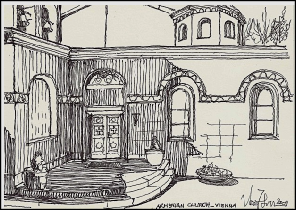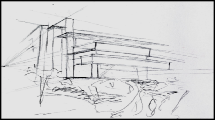
























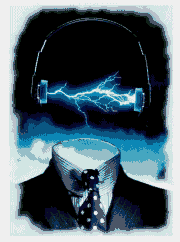
IF IN DOUBT ASK !


Check out the DESIGN-CYCLE section
Why donate
Drawing Conventions Explained
Communicating Ideas through Sketching
This is a very important skill in Design and Graphics. You need to be able to communicate with pictures as well as words and to effectively do this you should be able to sketch. Straight lines are always a problem and should not be done with a ruler - sketches with immaculate straight lines look very clinical and unattractive.
Practising to draw straight lines is a necessary exercise.
This is a very important skill in Design and Graphics. You need to be able to communicate with pictures as well as words and to effectively do this you should be able to sketch. Straight lines are always a problem and should not be done with a ruler -
Practising to draw straight lines is a necessary exercise.
Now, without turning the page produce about the same number of blocks of VERTICAL lines. Make sure that these lines are all as equally spaced and perfect as the first blocks undoubtedly are !
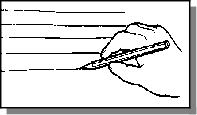
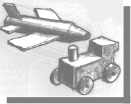

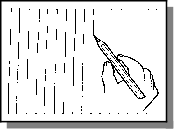
Using an HB pencil (or softer ) draw a block of about 20 horizontal lines, each one about 75mm long. Try to make sure they are as straight and as parallel as possible.
Do several blocks until you have mastered that technique.



When you are happy about pencil control then try drawing lines at ''right- angles' to each other. Start by drawing one vertical line and then draw a horizontal line that joins at the corner. Try to start with a horizontal line next and then add the vertical line.… The final stage of these exercises is to continue the right angle drawing until you have made rectangles and squares.
Before you move on be sure that you are able to draw regular squares and rectangles with ease.
Each of these exercises is as important as the next.

Now finish off your design by using the skills you have developed to draw circles and ellipses. Start by adding marks half way along the edges of your small boxes already drawn. Link these marks with smooth curves. You should be able to draw even circles and ellipses.
Now try drawing a camera, a radio or a clock - This shouldn’t be too difficult as these shapes can simply be made up of boxes and circles.
Alternatively you could draw a radio. Remember to keep your pencil sharp and try to draw the lines as quickly and smoothly as you can.
Now try drawing a camera, a radio or a clock -
Alternatively you could draw a radio. Remember to keep your pencil sharp and try to draw the lines as quickly and smoothly as you can.
Add speakers to the radio or a lens and a flash to the camera … get sketching . . . .
Try to find sketches that show the potential of the techniques you have been practising by searching the internet for freehand sketches.
Try to find sketches that show the potential of the techniques you have been practising by searching the internet for freehand sketches.
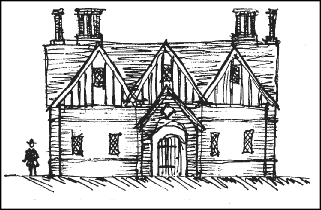
Vanessa Vinsant
Free-hand sketch by historical landscape architect,
M. Kent Brinkley, FASLA, of Williamsburg, VA.


